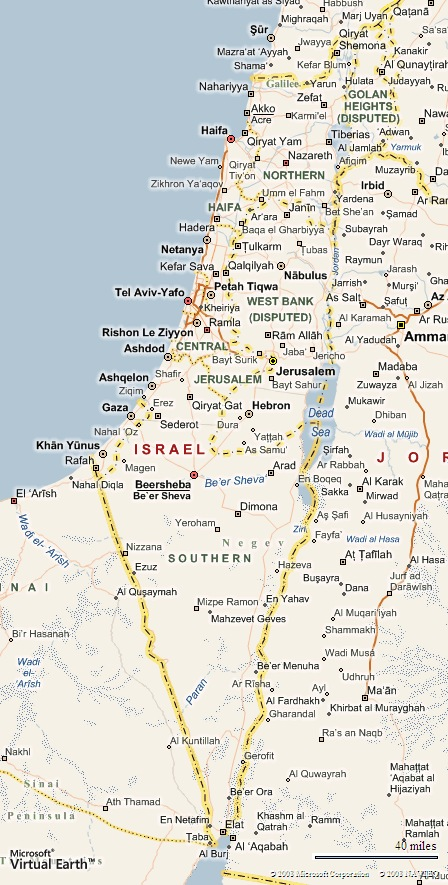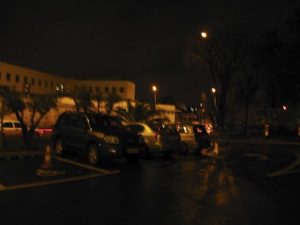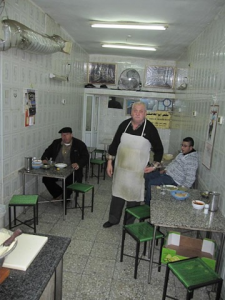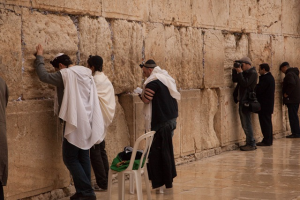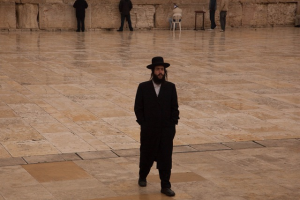Israel Trip
- February 13th, 2009
- Write comment
Later this week I am going to Israel for the first time. Now is an exciting time, to say the least: the violence in Gaza, Israeli elections, the economic downturn. What? Am I nuts? What better time to go!
It’s my first time and I am doing a lot:
- Private touring: (February 21-25)
- Jerusalem: the birthplace of Western Religion(s) (3)
- Masada: the last stance and suicide of Jewish defenders against Rome
- Qumran: site of the Dead Sea Scrolls excavation
- the Galilee: hills and forests
- Haifa, Ceasarea, and Akko (Accre): in order, Jews and Israeli Arabs co-existing peacefully and the largest Baha’i temple; Roman ruins; the most Arab of Israeli cities
- Amman, ancient Philadelphia and the capital of Jordan
- Madaba (settled for 4500 years) and most important Christian center in Jordan
- Mt. Nebo, where Moses first saw the Promised Land
- Kerak, a crusader castle—thankfully the only one I’ll bother with
- Petra, ancient capital of the Nabateans carved out of rock in the 4th century BCE—and one of the filming locations for Indiana Jones and the Last Crusade
